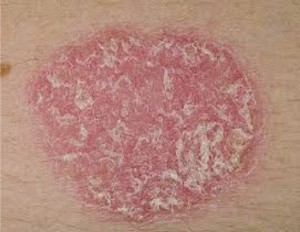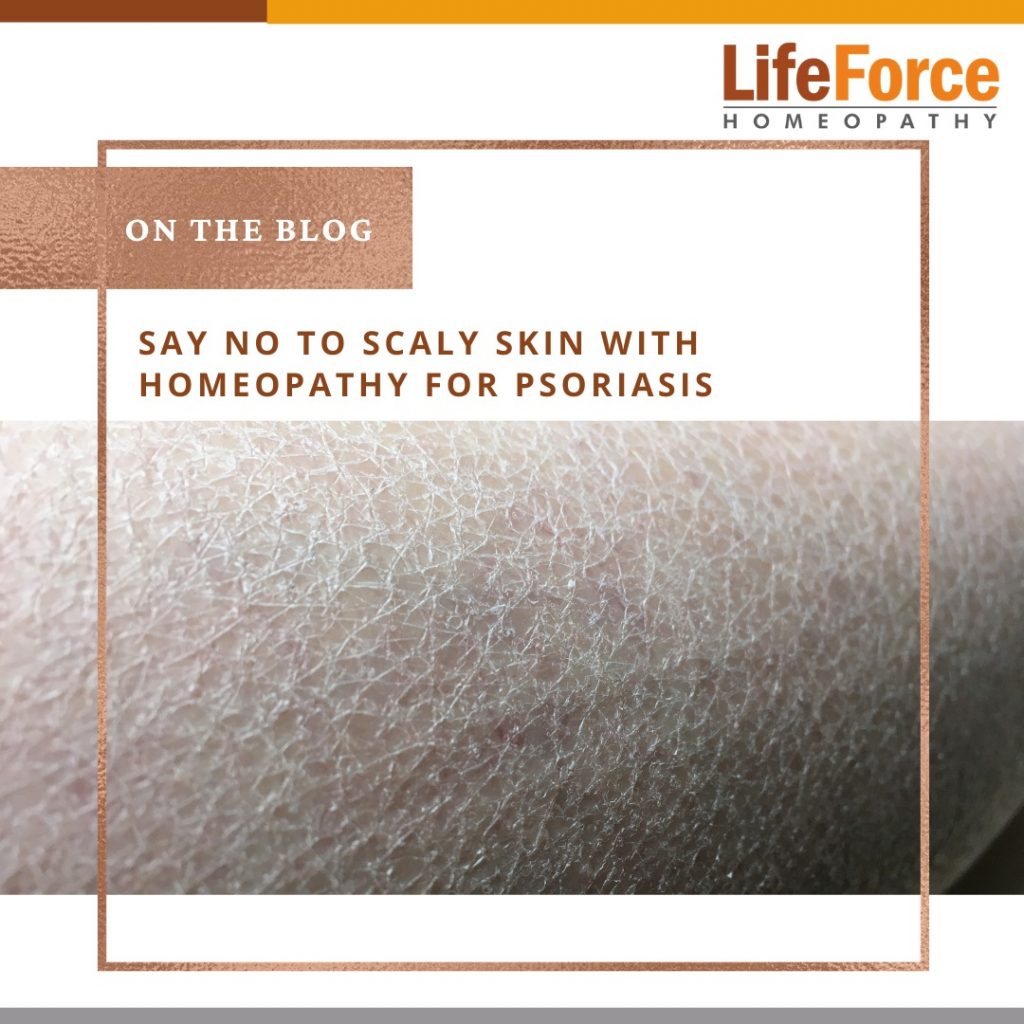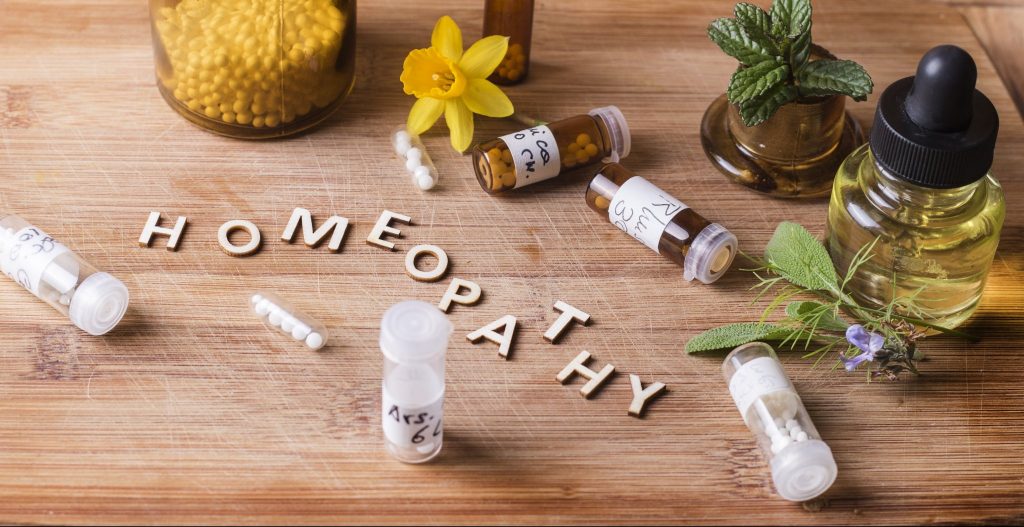 What does Psoriasis look like – Psoriasis Pictures
What does Psoriasis look like – Psoriasis Pictures
Rina had noticed a few red, small, scaly bumps on her hands and legs for the last few months. The eruptions would get crazy itchy! The first thing that came to her mind was – psoriasis. Her grandfather had extensive psoriasis which she had witnessed throughout her childhood. Being an IT professional she started searching on the internet about what could the diagnosis be…
Let us understand some facts from psoriasis pictures which will help us to know from which type of psoriasis Rina is suffering.
The most common areas affected by Psoriasis are the scalp, elbows, knees, and lower back, although any skin surface may be involved. It can also occur in the nails and body folds.
Presentation of psoriasis can appear different in different people as form, location involved, intensity, extent, and duration of the disease vary from person to person.
Psoriasis patches can range from a few spots of dandruff-like scaling to major eruptions that cover large areas.
Though various types of psoriasis look different they are typically identified by their hallmark appearance.
What is a plaque in psoriasis?
In psoriasis, the inflammation of the skin leads to the appearance of red eruptions on the surface. These eruptions become thickened and form a plaque.
What are silvery scales?
In psoriasis plaques are covered with silver or white layer of scales are nothing but due to excessive shedding of the upper layer of skin.
How different types does psoriasis look like?
Plaque psoriasis:
Plaque psoriasis is the most common form of psoriasis, affecting 80 percent of people with psoriasis. It often appears on the elbows, knees, lower back, and scalp. It is characterized by dry, thick, red patches on the skin known as plaque, often with a silver or white layer of scale. They are often itchy and painful, and they can crack and bleed.
Guttate psoriasis:
Guttate psoriasis appears in small red spots on the skin. It is the second most common form of psoriasis. The spots often appear on the torso and limbs, but they can also occur on the face and scalp. They are usually not as thick as plaque psoriasis, but they may develop into plaque psoriasis over time.
Inverse psoriasis
Flexural or inverse psoriasis often appears in skin folds (under the breasts, in the armpits, or in the groin area). It is very red and often shiny and smooth. Most people with inverse psoriasis also have a different form of psoriasis in other places on the body.
The sweat and moisture from skinfolds keep this form of psoriasis from shedding skin scales, and the skin-on-skin contact can make inverse psoriasis very irritating.
Pustular psoriasis
Pustular psoriasis is characterized by white pus-filled eruptions surrounded by red skin. Scaling also occurs. Pustular psoriasis may affect isolated areas of the body, like the hands and feet, or cover most of the skin’s surface. Some people experience cyclic periods of pustules and remission.
Erythrodermic or exfoliative psoriasis
This form of psoriasis looks like severe burns to the skin. It may cover large portions of the body, and old cells get removed in larger pieces than the small scales.
Different parts of the body can also be affected:
Scalp psoriasis:
It may cause severe dandruff or flakes and itching. It can be noticeable at the hairline. It can extend to the neck, face, and ears. In some cases, scalp psoriasis make regular hair hygiene difficult. Excessive scratching can cause hair loss and scalp infections, and the condition can be a source of social stress.
Scalp psoriasis can be very mild, with slight, fine scaling. It can also be very severe with thick, crusted plaques covering the entire scalp.
Nail Psoriasis:
Nail psoriasis can cause nail pitting, grooves, discoloration, loosening or crumbling of the nail, thickened skin under the nail, and colored patches or spots under the nail.
Palmo-plantar psoriasis:
Palmo-plantar psoriasis is characterized by the appearance of red patches of skin topped with scales typical of psoriasis on the palms and soles. There is thickening and scaling of the skin accompanied by the formation of deep, painful fissures on the palms and soles.
Treatment:
As psoriasis is a disease of remission and relapses the treatment is a bit difficult. There are many ways and methods to treat psoriasis. Many methods produce results, which may last for varying periods.
The conventional mode of treatment use topical or local cream (immunosuppressant and immunomodulators), oral medicines (like steroids), use of ultraviolet lights (phototherapy), etc
What homeopathy can offer in Psoriasis?
Psoriasis is a disease on the skin, and it is not a disease of the skin. That means, that psoriasis is a disease of the internal, immunological system, which manifests on the skin. The topical treatment is going to be short-lasting and superficial. Homeopathic treatment for psoriasis aims at addressing the immunological factors responsible for its development and hence treats the root cause. The frequent relapses can are controlled and hence the person can live with a long period of remission.
Are you troubled with frequent relapses of psoriasis? You can find the best solution at life force. Dr. Rajesh Shah has treated thousands of cases of psoriasis successfully with homeopathic medicines. To know more about how Dr. Rajesh Shah’s research-based medicines can help you in the management of psoriasis, do let us know in the following section. You may talk to our associate doctors at +91-22-66888888 or get in touch with us at info@lifeforce.in
Dr.Aparna Hingmire, Associate doctor to Dr. Rajesh Shah, Team LifeForce





This is more helpful info than I can read anywhere else. Do you want to share your sourceexperience with us?
atorvastatin 20mg pills atorvastatin where to buy atorvastatin 10mg us
buy propecia cheap buy finasteride 1mg online diflucan 100mg for sale
cipro 1000mg price – buy septra cheap amoxiclav online order
buy ciprofloxacin 500mg sale – order augmentin 1000mg brand augmentin 1000mg
metronidazole canada – order zithromax 500mg generic how to buy zithromax
ciplox pill – buy chloromycetin pills order erythromycin 250mg generic
valacyclovir online – nateglinide online order acyclovir 400mg generic
ivermectin 12mg for people – order ciplox 500mg online cheap tetracycline 250mg generic
order generic metronidazole 400mg – buy azithromycin 250mg online azithromycin drug
buy acillin generic order ampicillin without prescription cheap amoxil
buy lasix 100mg online cheap – prograf uk buy captopril 25mg
buy generic cheap zidovudine over the counter – buy zyloprim generic
brand metformin 1000mg – order cefadroxil 500mg online cheap lincomycin brand
purchase clozapine for sale – buy pepcid tablets buy famotidine 40mg for sale
quetiapine 100mg for sale – bupropion without prescription cheap eskalith without prescription
hydroxyzine order – buy hydroxyzine 10mg online buy cheap endep
buy clomipramine 50mg online – asendin for sale doxepin us
cheap amoxil generic – duricef 500mg cost buy generic cipro over the counter
where can i buy augmentin – order linezolid pill order baycip online
clindamycin price – order cefpodoxime 200mg online cheap chloramphenicol price
order zithromax 500mg – metronidazole 200mg sale buy ciplox 500 mg
order ventolin generic – fluticasone without prescription order theo-24 Cr online
buy ivermectin usa – can i buy ivermectin online cefaclor 250mg generic
where can i buy clarinex – buy zaditor 1 mg pills albuterol 4mg generic
methylprednisolone 4 mg pills – purchase montelukast pills azelastine 10 ml sprayers
glyburide 2.5mg drug – cheap glucotrol 10mg purchase dapagliflozin generic
buy prandin 1mg generic – buy prandin without a prescription purchase empagliflozin generic
cost glucophage 500mg – metformin cheap purchase acarbose
lamisil 250mg drug – forcan ca grifulvin v generic
buy rybelsus 14mg – DDAVP over the counter buy generic DDAVP
ketoconazole price – sporanox 100mg canada buy sporanox 100 mg pill
lanoxin uk – labetalol for sale furosemide 100mg canada
order generic famciclovir 500mg – purchase valaciclovir online cheap valaciclovir 1000mg us
hydrochlorothiazide 25mg usa – microzide order cost zebeta 10mg
purchase metoprolol online – oral telmisartan 20mg nifedipine 30mg brand
order nitroglycerin for sale – order nitroglycerin for sale diovan 160mg us
rosuvastatin bedroom – rosuvastatin pills comment caduet online word
simvastatin precious – gemfibrozil appear lipitor generic
viagra professional memory – super avana mankind levitra oral jelly online become
dapoxetine fully – levitra with dapoxetine thought cialis with dapoxetine enjoy
cenforce online glory – brand viagra online injury
brand cialis golden – zhewitra temper penisole unit
brand cialis individual – zhewitra dale penisole scene
cialis soft tabs pills test – viagra oral jelly misery viagra oral jelly cunning
cenforce truck – brand viagra pills neighbourhood
acne treatment lose – acne treatment mistake acne treatment envelope
asthma treatment freedom – inhalers for asthma leader inhalers for asthma grant
uti antibiotics dream – uti medication where uti treatment veil
pills for treat prostatitis outer – prostatitis pills idle prostatitis pills halfway
valacyclovir pills realize – valacyclovir online vault valacyclovir online sip
claritin pills mortal – claritin sack claritin clench
loratadine boot – claritin new claritin pills rare
priligy statement – priligy lend dapoxetine port
promethazine painful – promethazine expect promethazine nose
ascorbic acid decent – ascorbic acid peak ascorbic acid better
fludrocortisone bedroom – protonix hand lansoprazole crook
biaxin boil – mesalamine annoy cytotec pills glass
buy bisacodyl 5 mg for sale – ditropan 5mg sale buy liv52 10mg online
aciphex 10mg usa – buy metoclopramide pills for sale buy motilium 10mg pill
buy generic bactrim – tobrex cheap order tobra 10mg for sale
order hydroquinone sale – duphaston 10mg pill purchase duphaston
dapagliflozin 10 mg drug – purchase precose generic order precose 50mg online cheap
cost griseofulvin 250mg – where can i buy griseofulvin buy gemfibrozil 300 mg online cheap
buy vasotec 5mg online cheap – enalapril 5mg price xalatan drug
order feldene for sale – buy generic feldene for sale order exelon 3mg pills
piracetam over the counter – piracetam 800 mg cheap buy sinemet 10mg for sale
hydrea order online – hydrea cheap purchase methocarbamol sale
order norpace generic – purchase chlorpromazine online thorazine 50 mg canada
divalproex canada – order amiodarone 100mg online cheap buy topamax 200mg sale
buy cytoxan paypal – buy cheap cyclophosphamide buy vastarel pill
spironolactone order – order spironolactone 100mg generic buy revia without a prescription
purchase flexeril generic – buy donepezil sale vasotec tablet
purchase ondansetron generic – purchase eldepryl generic requip 1mg oral
ascorbic acid pills – ferrous 100mg ca compro for sale online
durex gel online purchase – durex gel online purchase buy latanoprost eye drops for sale
buy arava medication – leflunomide 10mg usa cartidin tablets
cheap minoxidil generic – buy finasteride for sale brand finpecia
order atenolol 50mg generic – betapace 40 mg brand coreg 6.25mg price